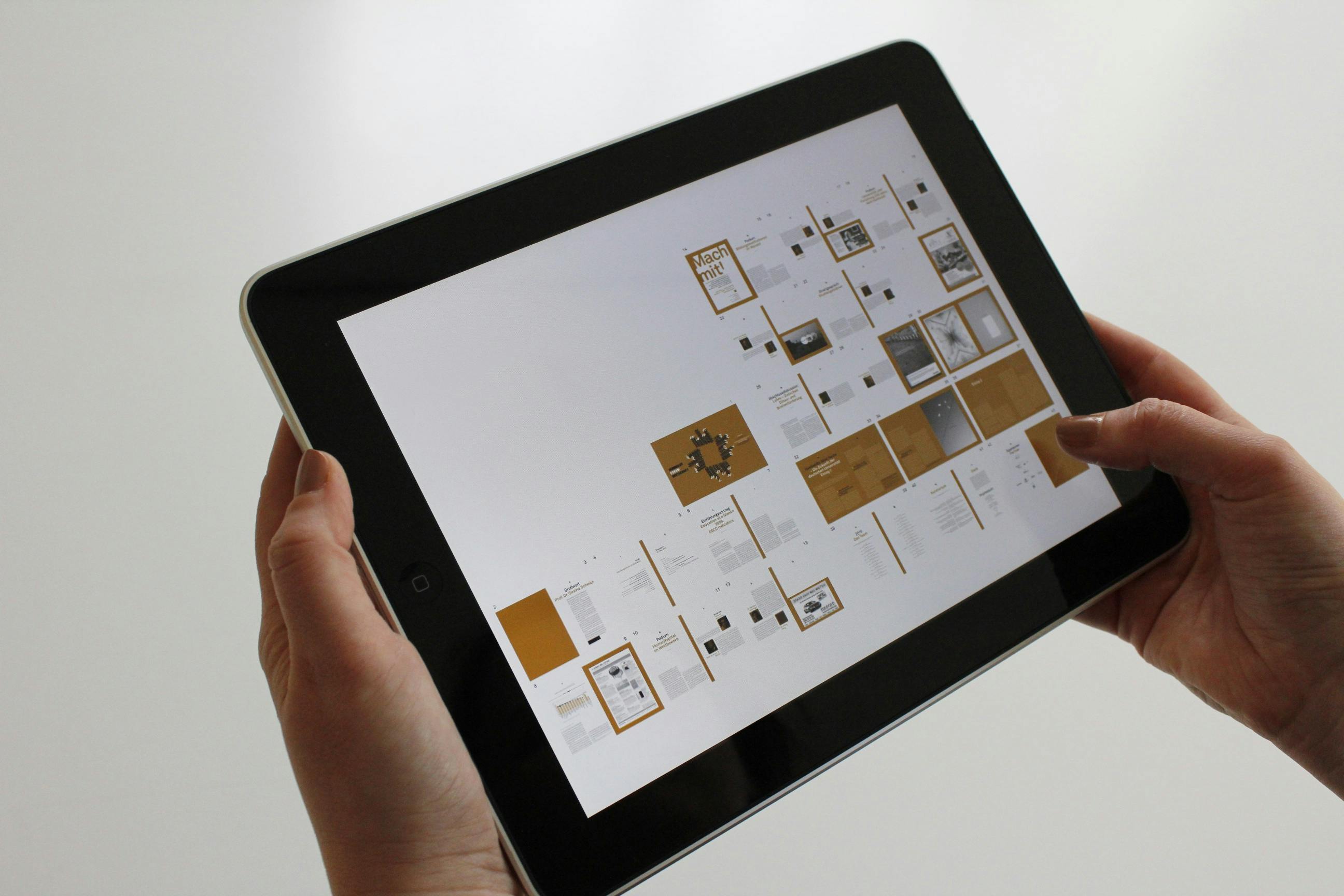
Top Strategies For Seamless Internet Of Things Integration In Manufacturing
Setting up connected sensors and devices on a factory floor often brings both excitement and challenge. Machines must communicate effectively, data should move without bottlenecks, and minimizing downtime remains a top priority. Success begins with a careful look at your current systems to spot any gaps. Choosing compatible tools at the outset makes the entire process smoother. Early, thoughtful decisions prevent costly mistakes and reduce frustration when dealing with both software and hardware later on. This approach not only streamlines installation but also lays the foundation for a more efficient and reliable factory environment as your operations grow.
Advertisement
Mapping out every step from sensor installation to dashboard displays helps. You should align communication standards, choose suitable gateways, and sketch how data travels. That roadmap becomes your cheat sheet when you test devices or bring on new partners. You’ll avoid surprises, like discovering halfway through a pilot that your chosen protocol can’t handle high-frequency readings or that your network lacks bandwidth.
Core Components of IoT in Manufacturing
- Connected sensors monitor temperature, vibration, or humidity in real time.
- Gateways gather data from multiple endpoints and forward it to servers.
- Edge computing nodes process critical data near machinery to reduce latency.
- Cloud platforms provide storage, analytics, and machine learning tools.
- Standard protocols like *MQTT* and *OPC UA* guarantee device compatibility.
Manufacturers use these components to catch inefficiencies early. For example, vibration sensors on motors can trigger alerts before a breakdown occurs. By predefining normal ranges, systems identify anomalies and reduce surprise maintenance calls.
Another example involves quality control. High-resolution cameras paired with edge processors inspect parts as they leave the line. The system automatically rejects flawed items, improving consistency without extra labor.
Essential Infrastructure Needs
Reliable power and network links serve as the base. You should add redundant switches and cabling to keep data paths active even if one link fails. Consider separate VLANs or private networks for IoT traffic to reduce interference with other operations.
Select network hardware rated for factory conditions—dust, heat, and vibration. Industrial Ethernet switches and ruggedized Wi-Fi access points often include surge protection and extended temperature ranges. Choosing gear built for shop floors helps you avoid numerous maintenance issues.
Scalable servers or cloud services must handle spikes in data volume. Start small, but ensure your architecture can grow when you add more sensors or analytics tools. Container platforms or virtual machines help you spin up new processing nodes without overhauling the entire system.
Physical layout matters as well. Place edge gateways close to clusters of devices to simplify wiring and reduce latency. Mark cable paths clearly and reserve space for extra ports as your network expands.
Best Practices for Easy Integration
- Begin with a focused proof of concept on a single production line.
- Use modular device kits that connect to existing equipment with minimal rewiring.
- Adopt open-source frameworks, like Node-RED, for quick workflow design.
- Limit yourself to one or two communication protocols to reduce compatibility issues.
- Train staff on new tools through short, hands-on workshops.
- Set up a sandbox network for safe testing before connecting to live operations.
Running a small pilot in one area provides clear feedback without risking the entire plant. You learn which sensors deliver the best signal quality and which cloud dashboards your team actually uses. Adjust device placement or change processing rules based on those insights.
Building modular kits—sensor modules plus a drop-in gateway—accelerates deployment. You connect them into control panels and update firmware remotely. This plug-and-play approach makes electricians and IT teams happier since they don’t need to deal with custom wiring or undocumented APIs.
Securing Data and Managing Information
Protect device credentials by generating unique certificates for each sensor. Never rely on a single password for everything. Many platforms support automated certificate rotation, helping you eliminate the risk of outdated keys lingering in memory.
Encrypt data during transmission with TLS or DTLS, especially when traffic crosses public or wireless links. On the cloud side, apply role-based permissions to dashboards and APIs. Only authorized users should view or modify critical parameters.
Develop a data retention policy that archives old logs for compliance but keeps recent records available for real-time checks. Use time-series databases that compress readings and speed up queries. This approach helps you identify trends without drowning in raw data.
Regularly audit device activity. Automated scripts can flag unusual login attempts or data spikes, prompting you to review firewall rules or update firmware. Staying proactive helps you avoid the chaos after a breach or hardware failure.
Monitoring and Maintaining IoT Systems
Use network monitoring tools that automatically map all active devices. When a sensor drops off, the system triggers an alert so you can check power or network issues immediately. Trends in connectivity failures often point to faulty cables or environmental problems.
Set up health dashboards that display device uptime, data latency, and server load. Color-coded indicators help teams identify when performance drifts from normal ranges. Clear visuals enable technicians to prioritize tasks—replacing a worn-out sensor before it stops a line.
Update firmware and software during planned downtimes. Test updates on a mirror environment first to identify incompatibilities. Document each version change so you can quickly roll back if new code causes unexpected behavior.
Keep spare modules and power supplies in stock. Even simple items like PoE injectors or Ethernet patch cables become urgent when a production line depends on continuous data flow.
This ongoing cycle of testing, updating, and reviewing ensures your IoT setup remains responsive as production needs evolve or new devices join the network.
Breaking a full-scale IoT rollout into phases allows you to control the process effectively. Testing, securing data, and monitoring performance ensure a smooth operation that improves margins without chaos.
Advertisement